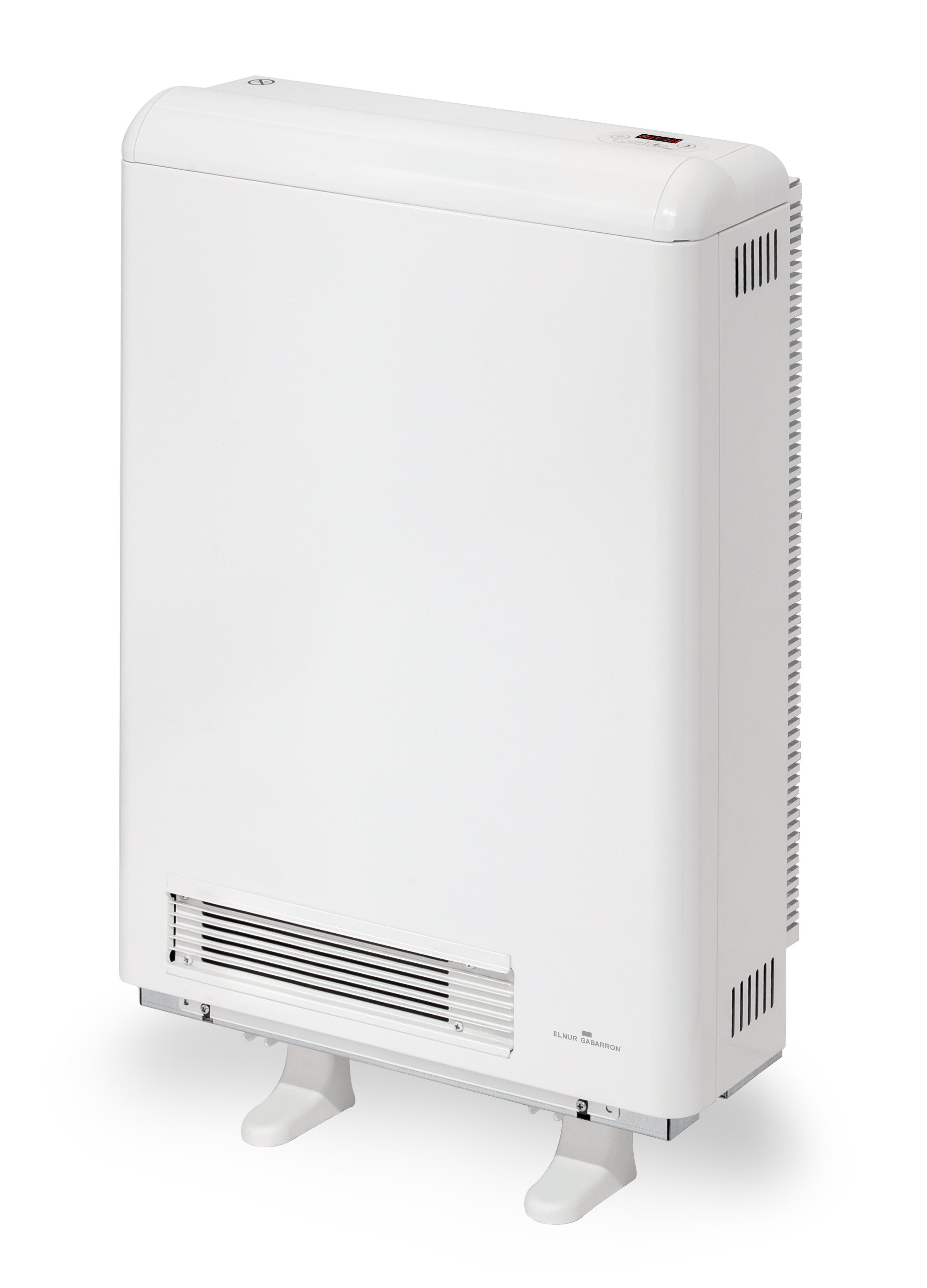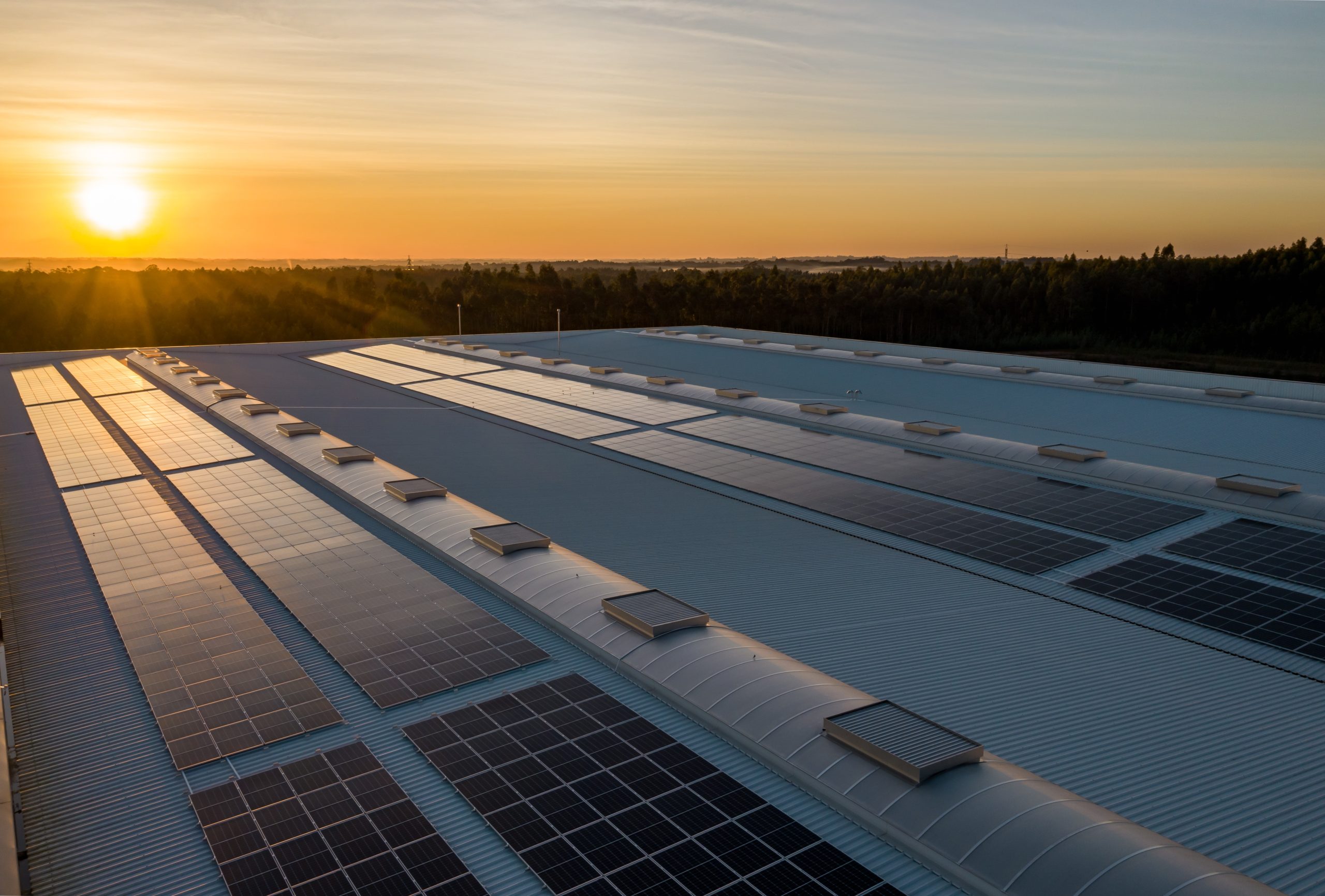Are Storage Heaters The Best Heating Method? Heating your home...
Read MoreThe Evolution of Storage Heaters
The evolution of storage heaters, like many inventions, traces a fascinating trajectory through time, marked by ingenuity, innovation, and a relentless pursuit of efficiency. Let’s explore the history of storage heaters and the transformative impact they have had on the way we heat our homes.

Origins and Early Innovations
Early examples of storage heaters can be traced back to ancient civilisations, where rudimentary heating systems were developed to harness and retain heat for domestic use. In ancient Rome, for instance, hypocaust systems were employed to heat buildings by channelling hot air through spaces beneath the floors, creating a primitive form of underfloor heating. These early innovations laid the groundwork for the development of more sophisticated heating technologies in the centuries that followed.
Fast forward to the late 19th century, a period characterised by rapid industrialisation and technological advancement. It was during this era that the first electric storage heaters emerged, marking a significant milestone in the evolution of home heating. Inventors and engineers experimented with various heating elements and storage materials, ultimately leading to the creation of the earliest electric storage heater prototypes. While crude by modern standards, these early models represented a leap forward in heating technology and set the stage for further innovation in the years to come.
The 1960s Revolution: Electric Heat Accumulators
The 1960s ushered in a new era of innovation in the field of storage heaters with the introduction of electric heat accumulators. These revolutionary devices transformed the way we heat our homes by capitalising on off-peak electricity rates. Electric heat accumulators worked by storing heat during periods of low electricity demand, typically at night when energy prices were lower. This stored heat could then be released gradually throughout the day, providing a constant and comfortable indoor temperature while minimising energy costs.
The popularity of electric heat accumulators soared during this period, especially in regions where access to natural gas or other heating fuels was limited. Their ability to provide reliable, cost-effective heating made them a preferred choice for homeowners and businesses alike, further driving innovation and competition in the storage heater market. Furthermore, advancements in materials science and manufacturing techniques during this era led to the development of more durable and efficient storage heater components, laying the foundation for future technological breakthroughs.
Modern Innovations
The evolution of storage heaters has been driven by a continuous pursuit of technological innovation, aimed at improving efficiency, reliability, and user comfort. Over the years, manufacturers have introduced a range of technological advancements and features to enhance the performance of storage heaters, making them more versatile and user-friendly.
One of the most significant technological innovations in recent years has been the integration of smart heating controls and programmable features into storage heaters. These intelligent systems allow users to customise their heating schedules based on their specific needs and preferences, optimising energy usage, and reducing unnecessary heating during periods of low activity. Additionally, sensor integration and adaptive heating algorithms ensure precise temperature control, further improving energy efficiency and user comfort.
Environmental Impact
In recent decades, there has been a growing awareness of the environmental impact associated with traditional heating systems, particularly those reliant on fossil fuels. In this context, storage heaters have emerged as a compelling alternative, offering an eco-friendlier approach to home heating.
Unlike conventional heating systems, which rely on continuous energy consumption to maintain indoor comfort, storage heaters operate on a principle of energy storage and release. By utilising off-peak electricity and storing heat during periods of low demand, storage heaters can significantly reduce energy consumption and carbon emissions, making them a more environmentally responsible choice for homeowners.
Furthermore, advancements in insulation materials and heating technologies have further enhanced the eco-friendliness of storage heaters. High-performance insulation materials, such as aerogels and vacuum panels, minimise heat loss and improve overall efficiency, ensuring that the energy stored in storage heaters is used effectively and sustainably. Additionally, the integration of renewable energy sources, such as solar panels and wind turbines, into storage heater systems further reduces their environmental footprint, aligning with global efforts to combat climate change. Solar panels, for example, harness the power of sunlight to generate electricity, which can then be used to heat storage heaters during the day. Similarly, wind turbines convert wind energy into electricity, providing another renewable energy source for powering storage heaters.
The integration of renewable energy sources not only reduces environmental impact but also offers economic benefits to homeowners. By generating their own clean energy, homeowners can offset their electricity bills and potentially even earn income through feed-in tariffs or net metering schemes. Additionally, the use of renewable energy sources enhances energy security and resilience, as it reduces dependence on centralised power grids and volatile fossil fuel prices.
Why not check out our other article about How Storage Heaters are Eco Friendly.
Challenges and Future Prospects
While storage heaters have come a long way in terms of efficiency and environmental sustainability, several challenges remain to be addressed. One of the primary challenges is the perception of storage heaters as outdated or inefficient compared to modern heating systems. Despite their numerous benefits, including energy efficiency and cost savings, storage heaters often face scepticism from consumers who may be unfamiliar with their capabilities.
To overcome these challenges, there is a need for greater awareness and education about the advantages of storage heaters, particularly in the context of energy efficiency and environmental sustainability. Government incentives and subsidies can also play a crucial role in promoting the adoption of storage heaters, making them more accessible to a wider range of consumers.
Looking ahead, the future of storage heaters holds promising prospects with ongoing research and development driving technological advancements aimed at further enhancing efficiency, sustainability, and user convenience. Here are some of the key trends and innovations shaping the future of storage heaters:
- Improved Energy Storage Solutions: Technological advancements in energy storage solutions are expected to revolutionise the performance of storage heaters. Innovations such as advanced phase change materials (PCMs) and high-capacity thermal batteries offer greater energy storage density and efficiency, allowing storage heaters to store more heat for longer durations and release it when needed, even during periods of high demand.
- Integration with Smart Grid Technologies: The integration of storage heaters with smart grid technologies enables more intelligent and efficient energy management. By leveraging real-time data and predictive analytics, smart grid-enabled storage heaters can optimise heating schedules based on weather forecasts, occupancy patterns, and electricity prices, maximising energy savings while ensuring optimal comfort for users.
- Enhanced Connectivity and Control: The proliferation of Internet of Things (IoT) devices and smart home ecosystems enables seamless connectivity and control of storage heaters. Integration with smart thermostats, mobile apps, and voice assistants allows users to remotely monitor and adjust heating settings, ensuring personalised comfort and energy efficiency while on the go.
- Energy-Efficient Heating Elements: Advances in heating element technologies, such as the use of carbon nanotubes and graphene-based materials, promise higher efficiency and faster heat transfer rates in storage heaters. These innovative heating elements not only improve heating performance but also reduce energy consumption and environmental impact, contributing to a more sustainable heating solution.
- Integration with Renewable Energy Sources: Continued advancements in renewable energy technologies, such as solar photovoltaics (PV) and wind turbines, present opportunities for greater integration with storage heaters. Hybrid heating systems that combine storage heaters with renewable energy sources enable homeowners to further reduce their reliance on grid electricity and fossil fuels, leading to greater energy independence and environmental sustainability.
- Energy Management Algorithms and AI: The application of advanced energy management algorithms and artificial intelligence (AI) algorithms enhances the efficiency and intelligence of storage heaters. AI-powered predictive algorithms analyse historical heating patterns, weather forecasts, and user preferences to optimise heating schedules and energy usage, ensuring maximum comfort and savings while minimising environmental impact.
By embracing these technological advancements and future trends, storage heaters are poised to play a pivotal role in the transition to a more sustainable and energy-efficient heating landscape, offering homeowners greater comfort, cost savings, and environmental benefits.
The Past, Present and Future of Storage Heaters
The evolution of storage heaters is a testament to human ingenuity and our quest for more efficient and sustainable heating solutions. From their humble beginnings in ancient civilisations to the modern, eco-friendly systems of today, storage heaters have undergone remarkable transformations, driven by technological advancements and a growing awareness of environmental sustainability.
Throughout history, storage heaters have played a crucial role in providing warmth and comfort to homes and businesses around the world. Their ability to store and release heat efficiently has made them a reliable and cost-effective heating solution, particularly in regions with limited access to traditional heating fuels. Moreover, their integration with renewable energy sources holds immense promise for reducing carbon emissions and mitigating climate change.
Looking to the future, storage heaters are poised to continue their evolution as key players in the transition to a more sustainable energy future. With ongoing research and development focused on improving efficiency, reliability, and integration with renewable energy sources, storage heaters have the potential to play an even greater role in reducing our reliance on fossil fuels and building a more resilient energy infrastructure. It’s clear that their impact extends far beyond the confines of our homes and businesses. They represent a tangible symbol of our commitment to innovation, sustainability, and a brighter future for generations to come.
Storage Heater Sales
Discover the warmth of comfort and energy efficiency as you delve into the world of storage heaters with Storage Heater Sales. Our blog is your go-to destination for all things related to storage heaters – from what makes storage heaters efficient to the latest innovations in energy-saving technology.
🌐 Energy Efficiency Tips: Explore sustainable heating practices and learn how to maximise the efficiency of your storage heater.
💼 Industry News: Stay in the loop with the latest developments in the heating industry. We bring you updates on new technologies, regulations, and grants that could impact your heating choices.
Blog Posts
Compact Elnur ECOHHR10: The Ultimate Heating
Introducing the Compact and Efficient Elnur ECOHHR10: Your Ultimate Heating...
Read MoreAre Storage Heaters Eco Friendly?
Are Storage Heaters Eco Friendly? In an era where environmental...
Read More



